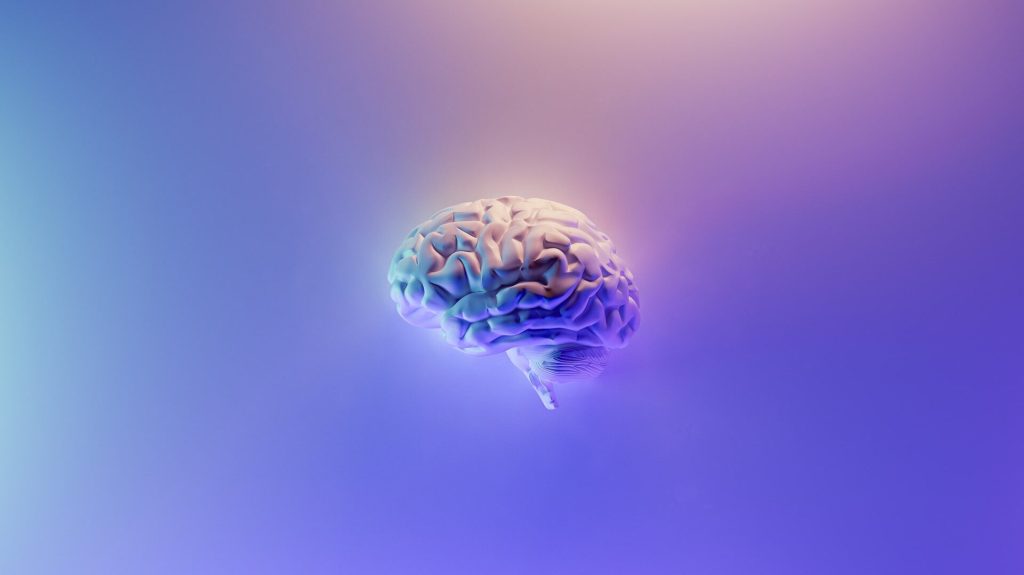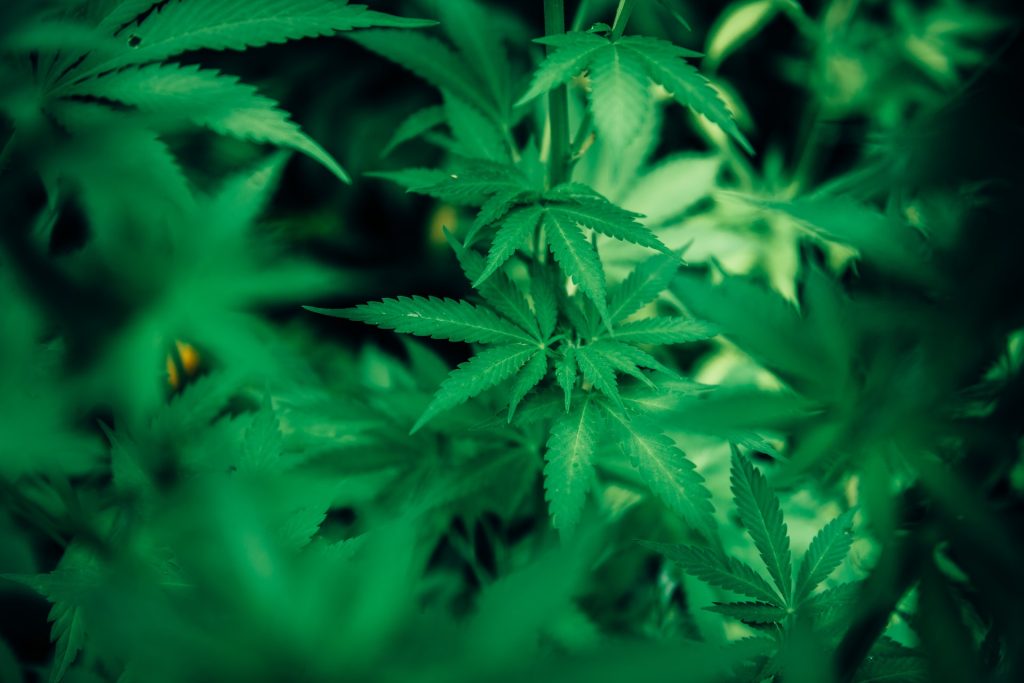Effects of Fathers’ Prenatal Alcohol Exposure Manifests in Offspring

Researchers have discovered that males exposed to alcohol in utero later pass on those effects to their offspring during foetal development, through reduced placental efficiency. The study appears in FASEB Journal.
Dr Michael Golding, an associate professor at Texas A&M University has spent years investigating the father’s role, with regard to drugs and alcohol, in foetal development. Studies have shown that males pass down more than just their genetics, Dr Golding said, but exactly how that process works and the its consequences are still largely unknown.
“When you look at the data from throughout human history, there’s clear evidence that there’s something beyond just genetics being inherited from the male,” Dr Golding said. “So, if that data is solid, we’ve got to start looking more at male behaviour.
“Say you had a parent who was exposed to starvation – they could pass on what you might call a ‘thriftiness,’ where their kids can derive more nutrition from less food,” he said. “That could be a positive if they grow up in a similar environment, or they could grow up in a time when starvation isn’t an issue and they might be more prone to obesity or metabolic syndromes. That kind of data is clearly present in clinical data from humans.”
Epigenetics, which is Dr Golding’s area of study of how things beyond genes, such as behaviour and environment, affect development is called. One of the big questions in the search for answers on how male prenatal behaviour can impact foetal growth has been the way these epigenetic factors manifest.
The team has shown that prenatal exposure to alcohol in males can manifest in the placenta: in mice, offspring of fathers exposed to alcohol have a number of placenta-related difficulties, including increased foetal growth restriction, enlarged placentas, and decreased placental efficiency.
“The placenta supplies nutrients to the growing foetus, so foetal growth restriction can be attributed to a less efficient placenta. This is why placental efficiency is such an important metric; it tells us how many grams of foetus are produced per gram of placenta,” said Thomas, a graduate student at Texas A&M. “With paternal alcohol exposure, placentas become overgrown as they try to compensate for their inefficiency in delivering nutrients to the foetus.”
However,while these increases happened frequently in male offspring, the frequency varied greatly based on the mother; however, the same increases were far less frequent in female offspring. Dr Golding thinks that although information is passed from the father, the mother’s genetics and the offspring’s sex are also involved.
“This is a novel observation because it says that there’s some complexity here,” Dr Golding said. “Yes, men can pass things on to their offspring beyond just genetics, but the mom’s genetics can interpret those epigenetic factors differently, and that ultimately changes the way that the placenta behaves.”
These results don’t draw a clear line in how drinking in human males prior to conception impacts foetal development, but they continue to at least point to it being a question that needs to be explored.
Dr Golding is hoping that more questions will be asked about male prenatal behaviour so that there’s more data from which to work.
“The thing that I want to ultimately change is this stigma surrounding the development of birth defects,” Dr Golding said. “There’s information coming through in sperm that is going to impact the offspring but is not tied to the genetic code; it’s in your epigenetic code, and this is highly susceptible to environmental exposures, so the birth defects that we see might not be the mother’s fault; they might be the father’s or both, equally.”
Source: Texas A&M University










